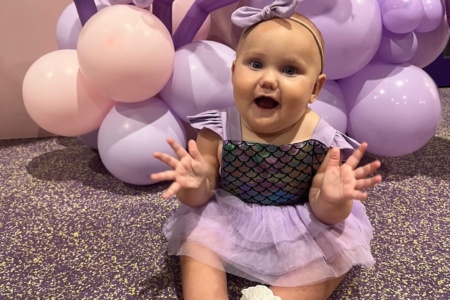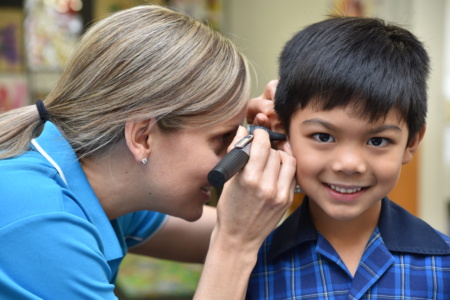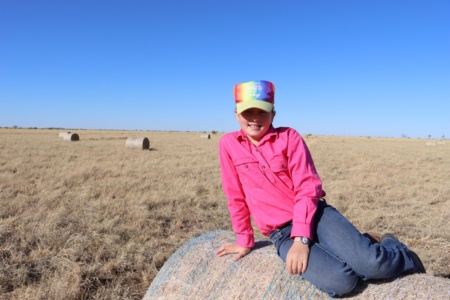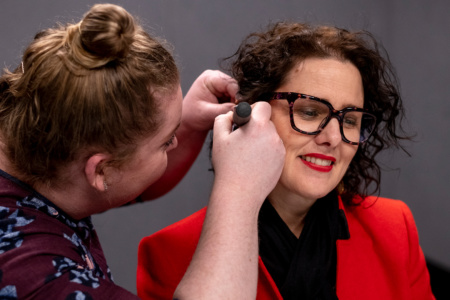The Seven Sounds is a listening test which uses sounds across the speech frequency range. It’s a handy tool which helps both clinicians and parents to know whether a child is hearing to the best of their ability each day. We sat down with Hear and Say Listening and Spoken Language Team Leader, Claire Flanagan to learn more.
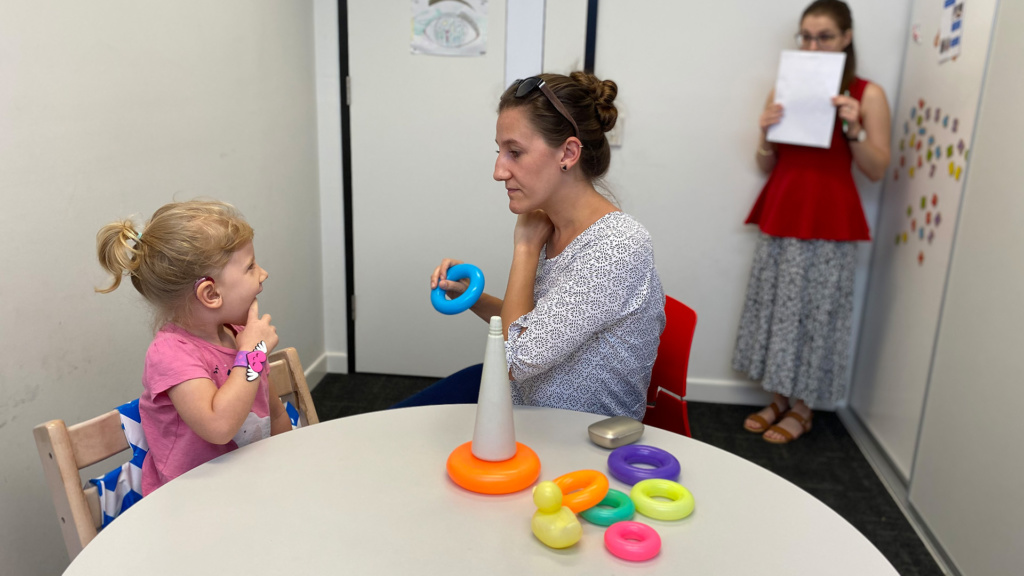
“There are seven main speech sounds which make up the frequencies of all the sounds of English speech. The Seven Sounds test was adapted from Dr Daniel Ling’s original Six Sounds, and it’s used in almost every speech therapy session at Hear and Say,” explained Claire.
“The sounds used in this test are /ah/, /ee/, /oo/, /m/, /or/, /s/ and /sh/. As this is a test of the child’s listening ability, it’s done by saying the sounds without any visual cues. We also make sure the child isn’t relying on lip-reading by ensuring whoever is speaking lightly covers their mouth with their hand or a piece of paper, or faces the other way.”
Initially the test is performed close to the child, then at one metre, three metres and five metres, to provide some information about their hearing at varying distances. The test must take place in a quiet room without any competing noise, and at a conversational level of volume.
“Identification of the Seven Sounds, in a quiet room, at a distance of at least three metres, gives us a good picture of the child’s ability to hear those sounds in both individual words and running speech,” said Claire.
“For example, a child may have difficulty hearing or repeating back the /s/ sound. We then know they will have trouble clearly hearing words containing that sound, as well as hearing some grammatical markers such as an apostrophe ‘s’ to signify ownership, like in the sentence, ‘It is the girl’s ball.’
“If a child or adult cannot hear these sounds clearly then they will not be able to say them clearly – if the sound is muddy going in, it will be muddy coming out in speech.”
The activity is kept engaging by using a toy to encourage the child to listen out for the sound and to respond. This usually sees the child performing a task when they hear a sound, such as putting a ring on a stacking tower or dropping a marble into water.
“It’s important to use a stimulus-response game like this from the very beginning regardless of how old the child is, as they will then learn over time to show us they have heard the sound by making this conditioned response,” said Claire.
Detecting sounds
Babies and very young children may initially provide behavioural responses which indicate that they can hear the Seven Sounds. These responses may be very subtle, such as:
- Pausing
- Change in breathing
- Eye movement/eyebrow raise
- Head turn
- Looks at adult
Once the child is consistently able to detect all Seven Sounds, they are encouraged to start imitating the sound.
“When a child can identify each sound by imitating it or pointing to an associated picture, we know that they’re able to tell the difference between each one – and that gives us valuable information about what they are hearing,” said Claire.
What if my child can’t hear the Seven Sounds?
“If your child isn’t able to identify each of the Seven Sounds in a quiet room at a distance of at least three metres, then they are likely not to be hearing that sound clearly in conversations,” said Claire.
“There are many different causes for this – it could be an indication that they need their hearing devices reprogrammed, or they could have blocked microphone covers, flat batteries or no longer be using the best type of device for their hearing loss.
“When doing the Seven Sounds test at home, it’s a good idea to report your child’s responses to your listening and spoken language therapist or audiologist, who can help figure out what’s going on if any issues arise.”



